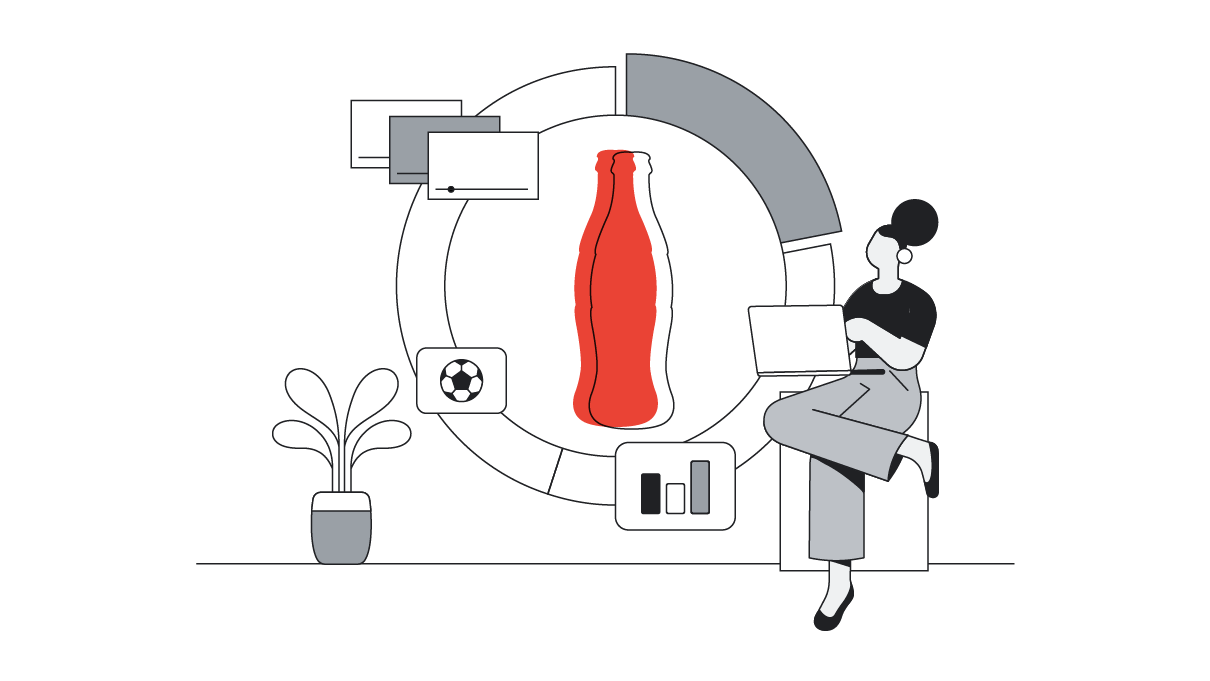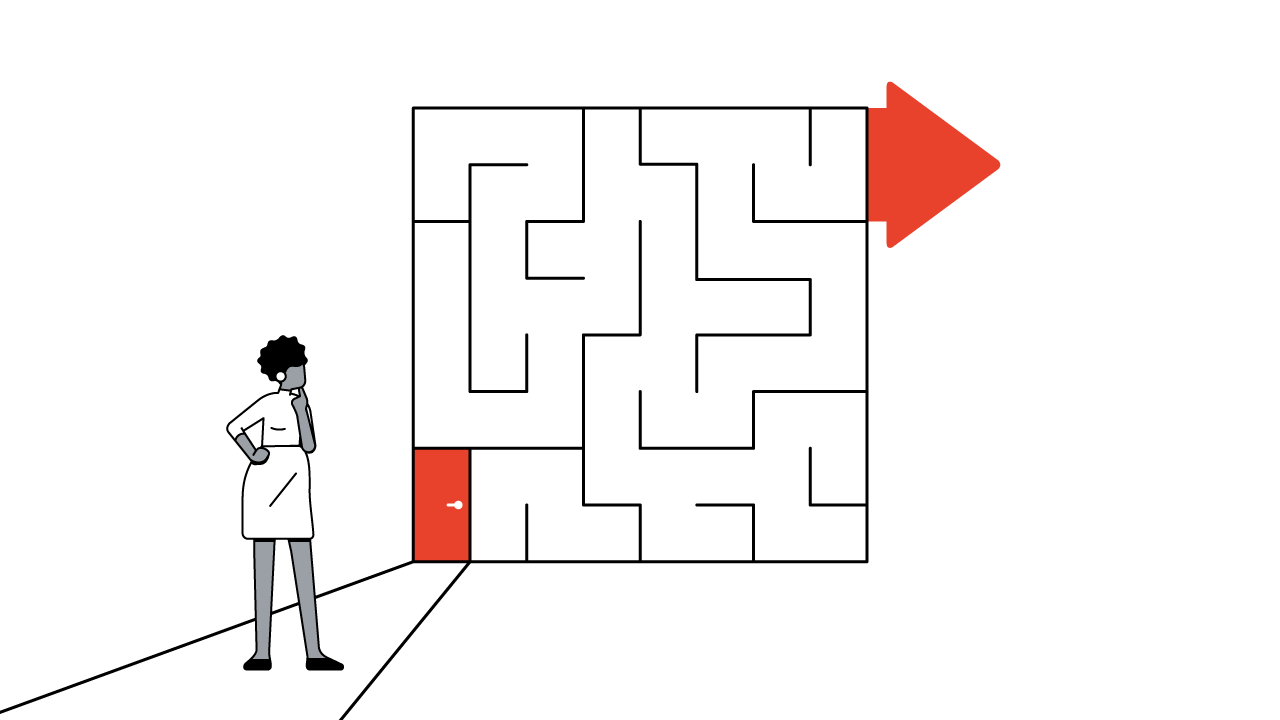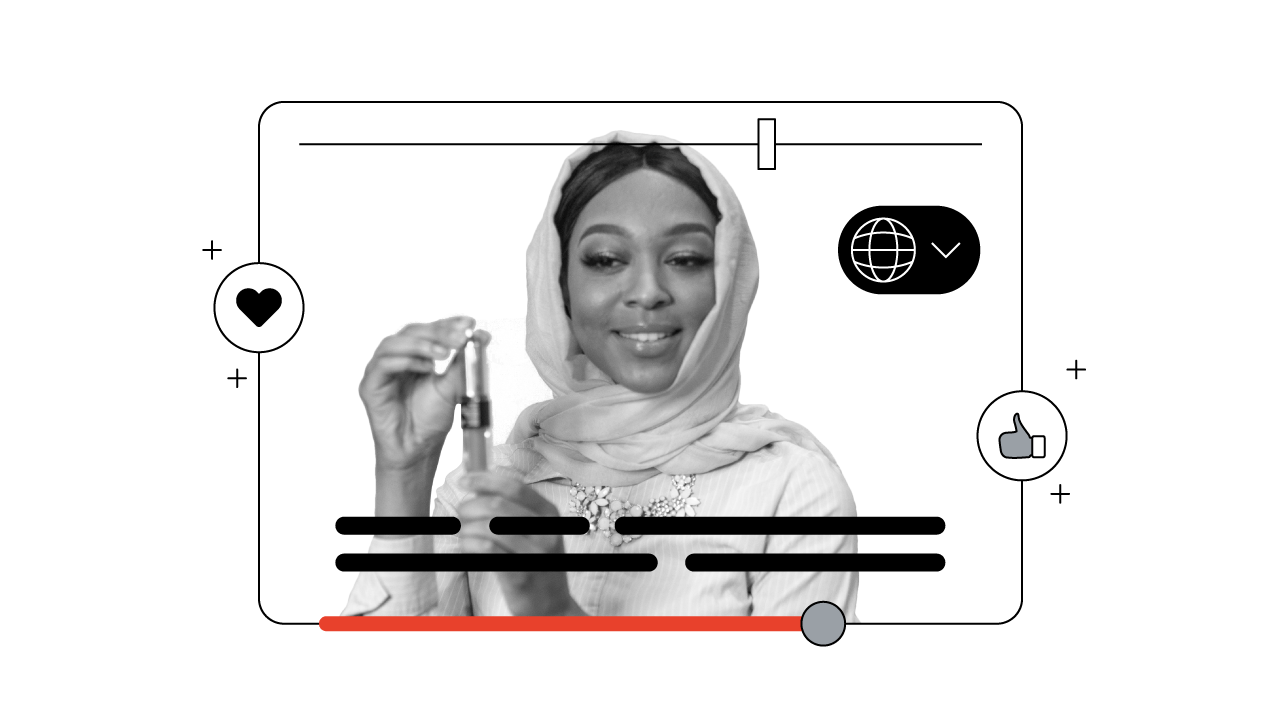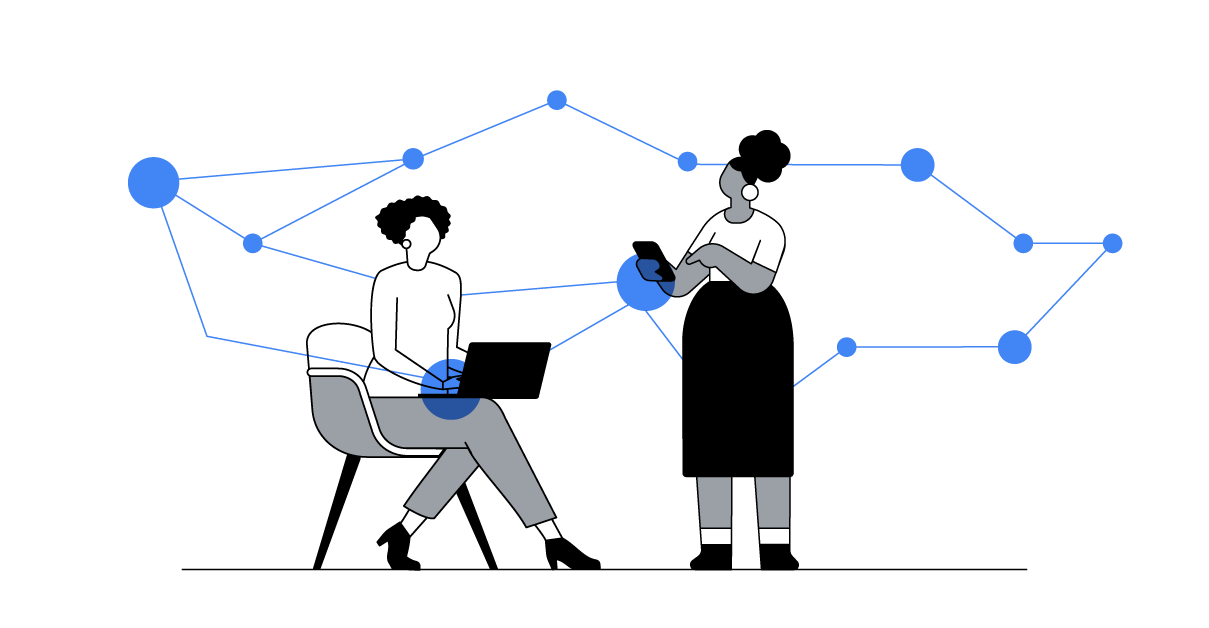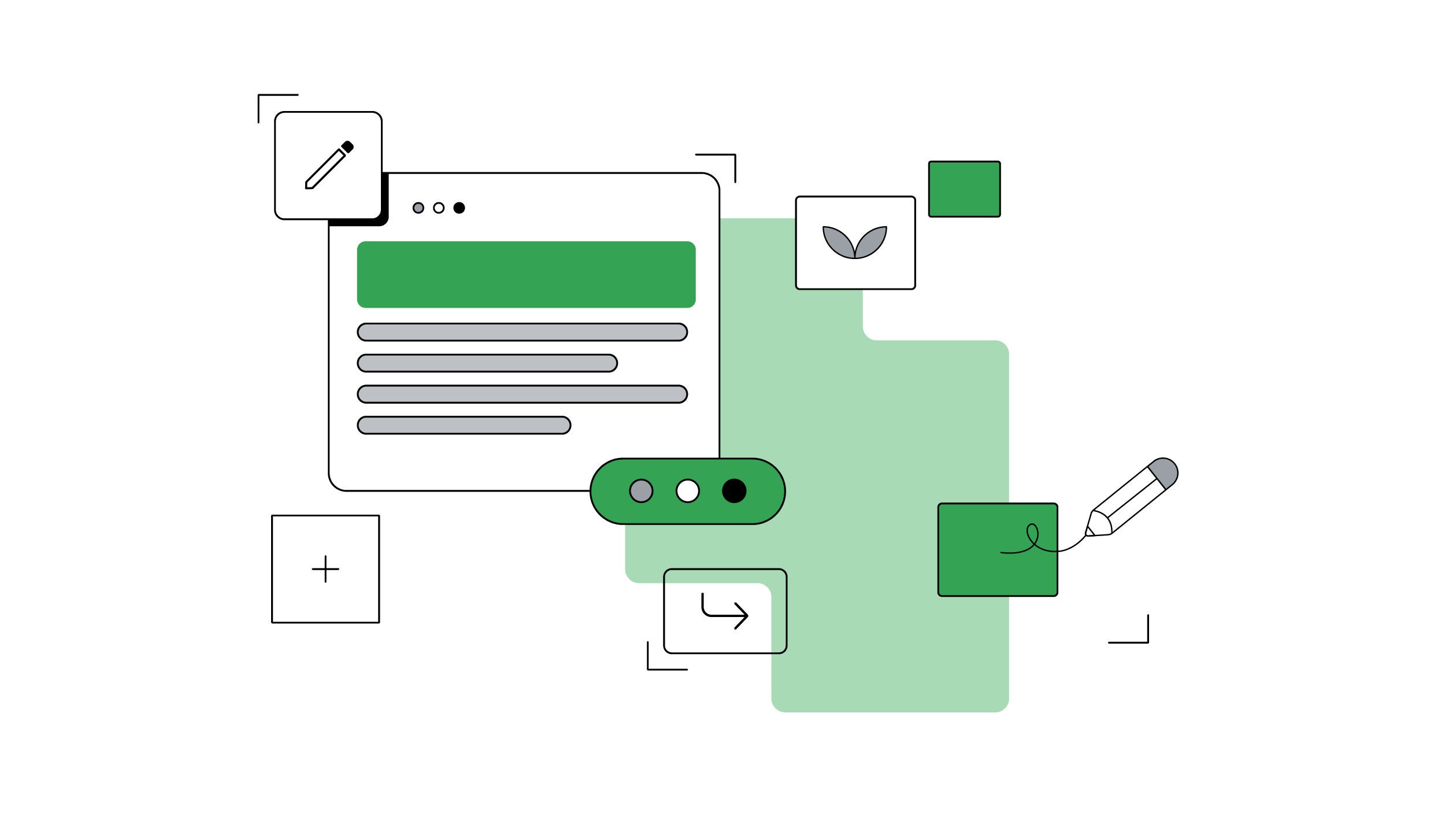How to think about video ad sequencing
Host
Guest
Published
September 2021Share this page
How to think about video ad sequencing
September 2021Every month, over 100 million people watch YouTube and YouTube TV on their TV screens. So what’s the best way to reach them with your ad campaigns? Join Brian Becker, global product lead on YouTube targeting, to learn how he thinks about video ad sequencing, which has been shown to drive up to 74% lift in ad recall.
Explore more insights and videos on the Think with Google YouTube channel.
Hey there, I'm Nacia, and today we’ll be covering how to think about using video ad sequencing on YouTube to improve recall and purchase intent.
People's viewing habits are changing. For instance, nearly half of 18- to 49-year old viewers are either light viewers of TV or don't subscribe to TV at all. And every month, over 100 million people watch YouTube and YouTube TV on their TV screens, to say nothing of tablets and phones. So what are the best ways for marketers to reach all these people?
We asked Brian Becker, a global product lead at YouTube, how he thinks about using video ad frequency and sequencing on YouTube. Let's see what he has to say.
Hi, everyone. My name is Brian Becker, and I’m a global products lead on YouTube targeting. I'm really excited to be talking to you today about the impact that video ad sequencing can drive on your future campaigns.
Video ad sequencing is a powerful technology on YouTube that lets advertisers dictate the order that YouTube serves their ads. It's really important because we've seen that when advertisers adopt video ad sequencing, they're able to drive significantly higher results than when they're optimizing for a single asset on the platform.
When sequences have three or more steps in them, we have found that those campaigns are able to drive 60% or more higher brand lift than with campaigns that are only running a single asset once. And those results occur across the sales funnel. We have found that there are five different templates advertisers can use to maximize their impact with video ad sequencing.
Tease, amplify, echo is a three-video sequence where you start with a 6-second video to tease your audience. You then amplify that message through a longer form video that explains the products or services you're trying to sell. And then you end with a short 6-second ad to reinforce that message and tie it all together over the course of your story.
The direct shot is when advertisers use three or more of the same video format, preferably a shorter 6-second video, that helps break down the product and services into very clear value propositions. And you stick to that strategy over the entirety of the sequence.
The mini series is just like the direct shot. But instead of thinking in short 6-second videos, you can think about these more like chapters. They’re longer form videos. And one of the really powerful things in the mini series is that you can sequence based on how users are engaging with your content. So if someone views it, you can continue to tell them more about the product and service you're selling. If someone skips it, then you can tailor an ad directly to them and make sure that they're still aware of the call to action that you want to reinforce.
We also have the follow-up, which is where you start the sequence with a longer form video explaining who you are, what you're trying to sell, and then you follow up that message with shorter form video content to keep that message alive within the user's psyche.
The lead-in is a two-video sequence where you start with a 6-second video ad to introduce the narrative, and then you follow up with a longer form video that helps explain the product and services, the benefits to consumers, and you end with a strong call to action.
Testing can play a really critical role to ensure the success of your next video ad sequencing campaign. By using YouTube's Video Experiments platform, you can see which template resonates the most with your audience and how you should be thinking about building creative to maximize the impact in your next campaign.
So that's how we at YouTube think about video ad sequencing. I hope you have found this helpful, and I hope it's helped spark some ideas about how you can tell stories to your audiences in your next YouTube campaign.
Thanks so much. And back to you, Nacia.
Thanks, Brian. That makes so much sense. And it's great to see the range in approach to ad sequencing.
So what we heard is there are five types of ad sequencing to tell stories on YouTube: tease, amplify, echo; the mini series; the direct shot; the follow-up; and the lead[-in]. Whichever you choose to use, ad sequencing allows you to deliver your message over time and make a lasting impact to drive brand lift.
Oh, and just a quick note on testing. YouTube lets you run video experiments so that it's easier to measure which ad sequence is making an impact. How cool is that?
Stay tuned for more expert insights in our How to think about series, and we'll see you next time.
Others are viewing
Marketers who view this are also viewing
-
Case Study
![]() Case Study
Case StudyHow Coca-Cola Middle East reached millions of people with just 1 adaptable video
-
ArticleArticle
Top digital marketing trends and predictions for 2024
-
Article
![]() Article
Article‘The Ikea Effect’: Why people watch content that they’ve played a role in creating
-
Article
![]() Article
ArticleYouTube research: A shortcut to nab new shoppers
-
Article
![]() Article
ArticleYouTube trends: Unusual, new storytelling formats that viewers are loving right now
-
Case StudyCase Study
Dutch fashion brand G-Star and its gold-star strategy to close online data gaps
-
Article
![]() Article
ArticleDoes your marketing have the essentials to succeed with AI?
-
Article
![]() Article
ArticleThe AI Handbook: Resources and tools to help marketers get started
